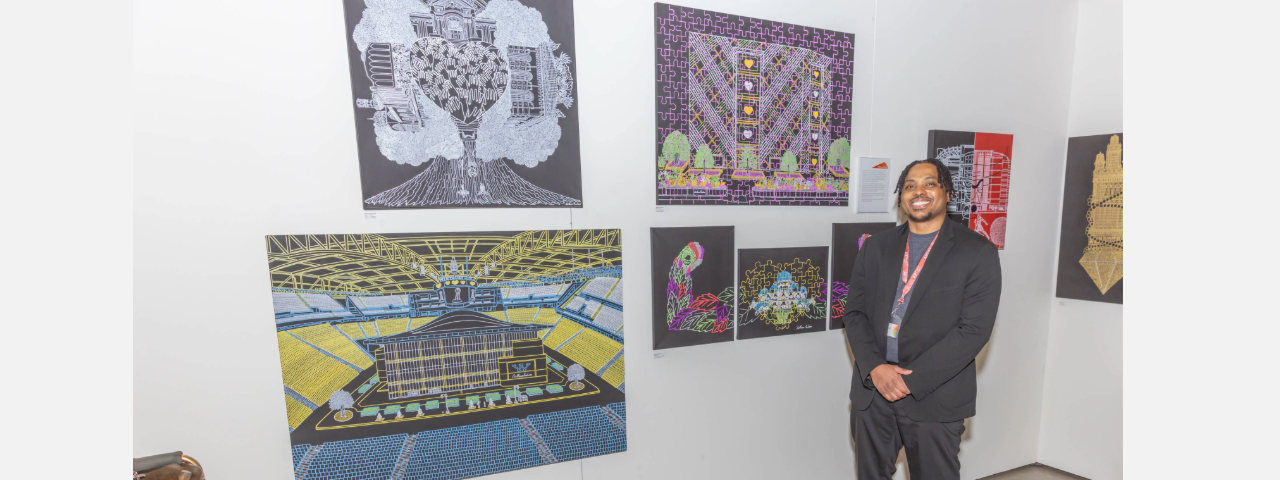Body
On a Monday in the fall of 2008, just like any other Monday, Karl Lyons bent down to pick up a magazine. Suddenly, he couldn’t stand up. After being rushed to the hospital, he was diagnosed with a herniated disk, a problem that affects one of the rubbery cushions between the vertebrae of the spine.
Although most people with herniated disks do not experience pain for more than six weeks, Karl’s persisted for six years. To alleviate the pain, he tried everything from medication and steroid shots to chiropractic treatment and physical therapy, all to no avail.
“The constant treatments disrupted my life completely,” he recalled. Doctors told Karl that surgery was his best option, and he decided to follow their advice. Although he felt better initially following the operation, the pain returned and was ever-present.
In October 2014, Karl’s pain flared intensely again, leaving him unable to work for two weeks. He was so incapacitated that he couldn’t even leave the house except to see his doctor.
Mentioned Page
Pain Management Center
LocationBody
This experience led to a turning point, when Karl’s doctor recommended he participate in the the Center for Pain Management (CPM) full-day program. He enrolled in December 2014.
As the first interdisciplinary program to be recognized as a Center of Pain Excellence by the American Pain Society, CPM partners with patients to establish effective, long-term pain management techniques to maximize ability and improve quality of life. CPM’s interdisciplinary team of experts includes physiatrists, physical and occupational therapists, pain psychologists, relaxation therapists and nursing staff who focus exclusively on pain and its related effects.During the four-week program, Karl participated in individual and group treatment sessions for physical and occupational therapy, psychology and biofeedback, the latter a technique that uses electronic monitoring of various body functions (e.g. heart rate, temperature) to help the user make small changes (e.g., relax their body) for desired outcomes. Therapists at CPM taught Karl different stretches, exercises and relaxation strategies to manage his pain. He also learned core strengthening and body mechanics techniques through occupational and physical therapy, and was able to practice mindfulness to better understand the source of his pain.
Participating in the program made a huge difference, I feel like a new person.
Karl Lyons
Body
“Research has proven that a dedicated, integrated approach to pain therapy yields better and more sustainable results,” said Jennifer Schmidt, clinical manager for CPM. “Karl is proof of this.” The interdisciplinary care Karl received made a significant impact on his level of pain and ability to manage it.
“Participating in the program made a huge difference,” said Karl. “I feel like a new person.”
Karl now goes to the gym four or five times a week, contributes to household chores, takes public transportation and spends time with friends — all activities that were limited or impossible when his pain was at its most unbearable.


